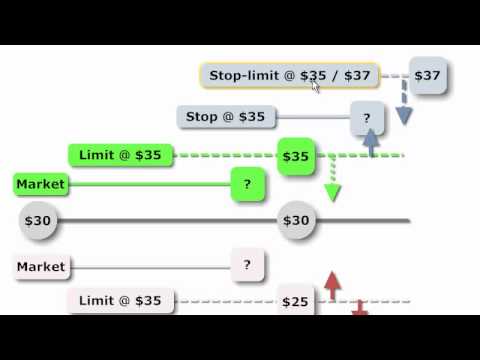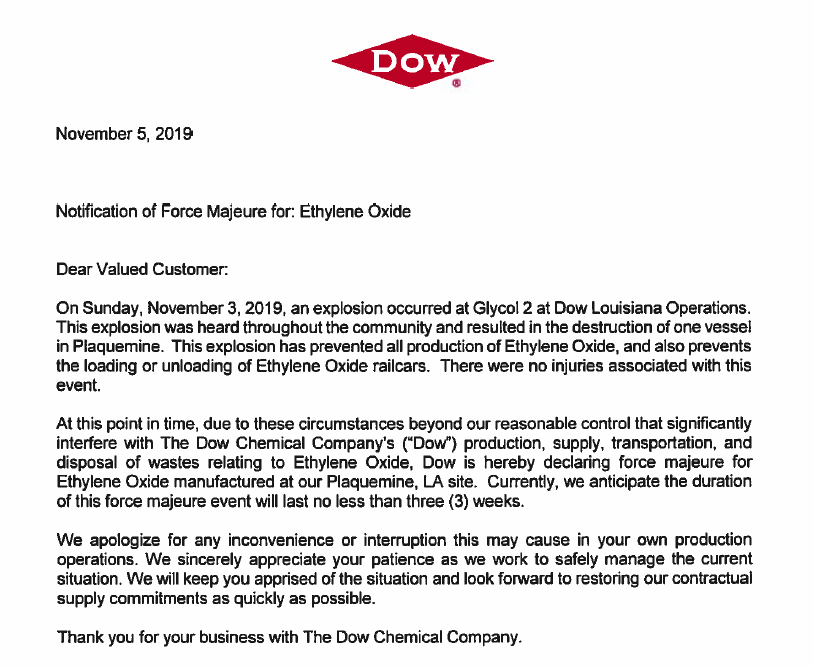Forex Trading
. is an extension of profit and loss account a Balance sheet b Profit and loss appropriation account c Both Largest Online Education Community
Contents
It is prepared to find out the Net Profit/loss of the business for the particular accounting period. It is calculated by adding indirect income/revenue into the Gross Profit/Loss and deducting indirect expenses from the total of both above. A profit and loss (P&L) statement is one of the three types of financial statements prepared by companies.
To ensure accurate P&L accounting, the professionals prepare separate ledgers first and then create a trial balance and profit and loss statements. The cash method, which is also called the cash accounting method, is only used when cash goes in and out of the business. This is a very simple method that only accounts for cash received or paid. A business records transactions as revenue whenever cash is received and as liabilities whenever cash is used to pay any bills or liabilities. This method is commonly used by smaller companies as well as people who want to manage their personal finances. It begins with an entry for revenue, known as the top line, and subtracts the costs of doing business, including the cost of goods sold, operating expenses, tax expenses, and interest expenses.
Securities and Exchange Commission so that they can be scrutinized by investors, analysts, and regulators. Companies must comply with a set of rules and guidelines known as generally accepted accounting principles when they prepare these statements. Profit and loss appropriation account is an extension of the profit and loss account itself, however, there is a fundamental difference between profit and loss & profit and loss appropriation account.
- Her expertise is in personal finance and investing, and real estate.
- If all other sites open fine, then please contact the administrator of this website with the following information.
- T-shape Form T-shape form P&L account has two sides – Debit & Credit.
- All the costs a company bears in an accounting year are mentioned in the expenses section.
- The amount so retained can also be used for the distribution of the final dividend without being constricted by the dictates of Rule 3 supra referred to above.
On the other hand, where a company proposes to declare a final dividend out of its free reserves, it has to ensure compliance with the requirements of Rule 3 of the CompaniesRules, 2014. The plain reading of the above rule makes it clear that the law does not contemplate the distribution of interim dividends out of free reserves. In Accounting Parlance, the term “Surplus in the profit and loss account “is used to refer https://1investing.in/ to the credit balance in the profit and loss account after providing for dividends, bonuses, provision for taxation, and general reserves. The surplus may also be earmarked for special purposes such as reserves for obsolescence of plant and machinery. A company reports net profits when its total revenues exceed its total expenses. If the value for total revenues is less than the total expenses, a net loss is incurred.
What are the terms usually appear on the debit and credit side of a profit and loss account?
It also marks an entity’s capacity to repay its financial obligations. These statements let creditors and investors make well-informed decisions on whether to involve with or invest in a company. As noted above, a P&L statement may be prepared in one of two ways. Revenues and expenses for nonprofit organizations are generally tracked in a financial report called the statement of activities.
The P&L statement is one of three financial statements that every public company issues on a quarterly and annual basis, along with the balance sheet and the cash flow statement. It is often the most popular and common financial statement in a business plan, as it shows how much profit or loss was generated by a business. Under Section 180 of the Act, a public limited company needs the authorization of its shareholders for resorting to borrowings in excess of the aggregate of its paid-up share capital, free reserves, and securities premium.
Accrual AccountingAccrual Accounting is an accounting method that instantly records revenues & expenditures after a transaction occurs, irrespective of when the payment is received or made. DepreciationDepreciation is a systematic allocation method used to account for the costs of any physical or tangible asset throughout its useful life. Its value indicates how much of an asset’s worth has been utilized. Depreciation enables companies to generate revenue from their assets while only charging a fraction of the cost of the asset in use each year.
It is important to compare P&L statements from different accounting periods, as any changes over time become more meaningful than the numbers themselves. Profit and loss account don’t have any opening or closing balance as it is prepared for a specific accounting period. P&L appropriation account is used for the allocation and distribution of Net Profit among partners, reserves and dividends. It helps determine the financial status of an organisation at any given point. If the value of assets is more than the cost of liabilities, then it has enough working capital to carry the day to day business operations else not. The result of the profit and loss account was transferred to the Balance sheet.

As any surplus in the profit and loss account is not part of free reserves, the same cannot be taken into consideration for the purpose of determining the borrowing limits of companies. Their capacity to borrow will be curtailed due to the non -inclusion of the surplus in the above aggregate. Non-recurringNon-recurring items are income statement entries that are unusual and unexpected during regular business operations; examples include profits or losses from sale of asset, impairment costs, restructuring costs, and losses in lawsuits, and inventory write-off. A balance sheet is prepared on the last day of a financial year while the profit and loss account is maintained for the whole accounting period. Finally, the amount of loss or gain is calculated by evaluating the expenses and revenues. If the value of revenue exceeds the total cost of expenses column, then the company is likely to earn profit, otherwise it is categorised as loss.
Profit and Loss a/cshow the net result of the business for the particular accounting period. The distinction between “General Reserves” which expression is synonymous with “Free Reserves” and surplus in profit& loss account has also manifested itself in Jurisprudence under the Income Tax Act, 1961. The distinction has been drawn, albeit, for specific purposes under the Income Tax Act. However, such references are also relevant for the purposes of the issues dealt with in this exposition.
Profit and Loss Vs Profit and Loss Appropriation Account
It is an extension of the Profit and Loss Account, and the items debited to the Profit and Loss Appropriation Account are not a charge against profit. The trading account reflects the gross profit or loss of the business. Profit & Loss Account shows the net profit or loss earned by the company. Financial StatementsFinancial statements are written reports prepared by a company’s management to present the company’s financial affairs over a given period . These statements, which include the Balance Sheet, Income Statement, Cash Flows, and Shareholders Equity Statement, must be prepared in accordance with prescribed and standardized accounting standards to ensure uniformity in reporting at all levels.

The balance sheet, on the other hand, is a snapshot, showing what the company owns and owes at a single moment. It is important to compare the income statement with the cash flow statement since, under the accrual method of accounting, a company can log revenues and expenses before cash changes hands. A profit and loss account prepared for a company includes all the expenses and revenue generated detailed in a sheet. All the costs a company bears in an accounting year are mentioned in the expenses section. Likewise, the sheet also includes another column which consists of the revenues generated from various business operations. A P&L statement summarizes the revenues, costs, and expenses of a company during a specific period.
Comparing P&L Statements
From the following trial balance of John and Co., prepare the trading and profit and loss accounts for the year ended 31st December 2019. Net profit or net loss is the difference between the total revenue for a certain period and the total expenses for the same period. Every business wants to know the incomes earned and expenses incurred during a particular period, usually at the end of the year. Private companies, on the other hand, are not necessarily required to comply with GAAP. Some smaller companies, though, may even not prepare formal financial statements at all.
As capitals are fixed, therefore interest, salary and share of profits will be transferred to partners’ current accounts. Pass a journal entry for the distribution of the profit between the partners and prepare the capital accounts of both the partners and loan account of ‘A’. The profit and loss accounts for the year ended 31st March, 2010 showed a profit of Rs. 4,30,000, but the partners could not agree upon the amount of interest on loan to be charged and the basis of division of profits. In a partnership, net profit or net loss should be transferred to the partners’ capital accounts in accordance with the agreed profit sharing ratio. Net income or net profit is calculated by charging all operating expenses and by considering other incomes earned in the form of commission, interest, rent, discounts, and fees.
Trading account is prepared first followed by Profit & Loss Statement. Profit and loss figures are calculated by deducting the total expenses from the revenue generated from different sources in a fiscal quarter or year. It indicates if an individual or firm is making profits from the daily operations it conducts.
The matching principle is followed i.e. expenses for an accounting period are matched against related incomes. The amount so retained can also be used for the distribution of the final dividend without being constricted by the dictates of the extension of profit and loss account is Rule 3 supra referred to above. It is also pertinent to note that as stated in clause under sub-section of Section 134 it is no longer compulsory for a company to transfer out of its profits any amount to any reserves of the company.

Her expertise is in personal finance and investing, and real estate. We need the Profit and Loss account to ascertain the Net profit for the year. Excess of credit side over the Debit side represents the Net Profit of the year and Excess of Debit side over Credit side represents the Net loss for the year. Only Indirect Expenses posted on the Debit side and Indirect revenue are posted on the credit side. Today we are covering the Technical topic of the Profit and Loss account.
Difference between Profit and Loss Account And Profit and Loss Appropriation Account
The reason behind this is that any changes in revenues, operating costs, research and development (R&D) spending, and net earnings over time are more meaningful than the numbers themselves. For example, a company’s revenues may grow on a steady basis, but its expenses might grow at a much faster rate. A and B were partners in a firm sharing profits and losses in the ratio of their capitals which were Rs. 5,00,000 and Rs. 4,00,000 respectively. The partnership agreement provided a salary of Rs. 20,000 per annum to B and 10% per annum interest on partner’s capitals.
….. is an extension of profit and loss account (a) Balance sheet (b) Profit and loss appropriation account (c) Both
The preparation of P&L account is based on a partnership agreement. P&L account is used to determine the Net Profit or Net Loss of an organization for a given accounting period. Therefore, assets can be represented as the sum of liabilities and equity. – Equities can be defined as the difference between total assets to total liabilities. In case the liability is more than the value of the asset, then there is no equity. During the year ended 31st December, 2009 the firm earned a profit of Rs. 1,70,000.